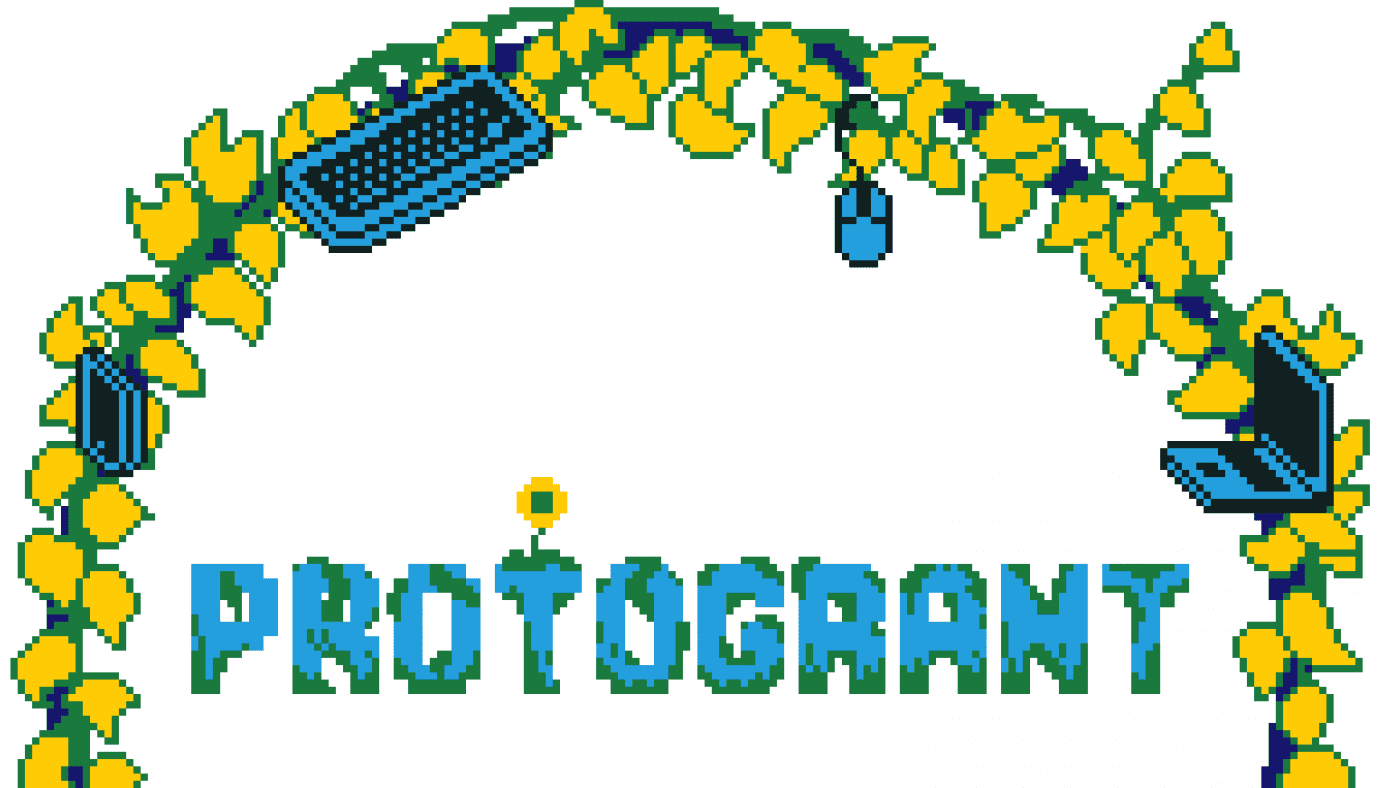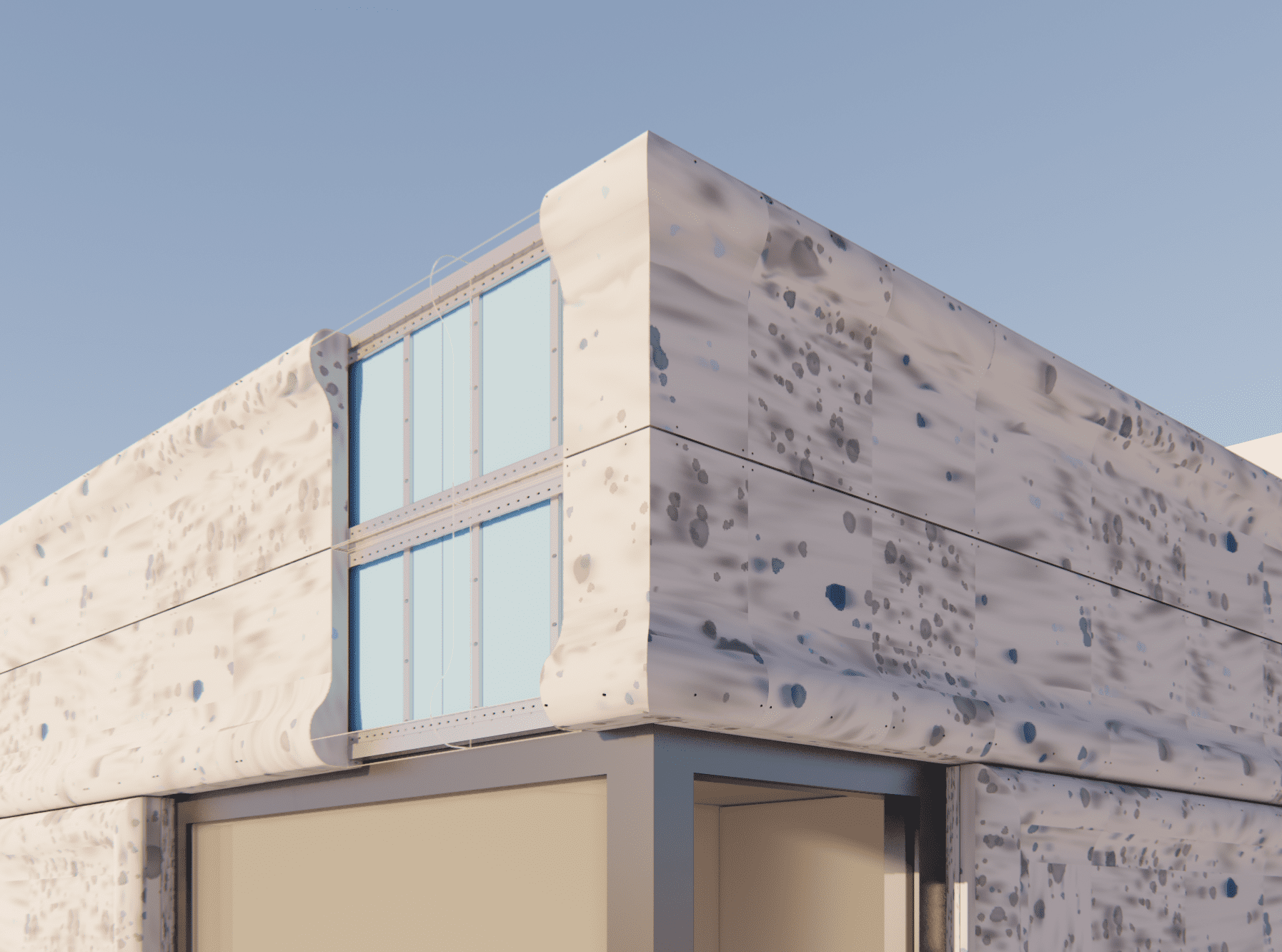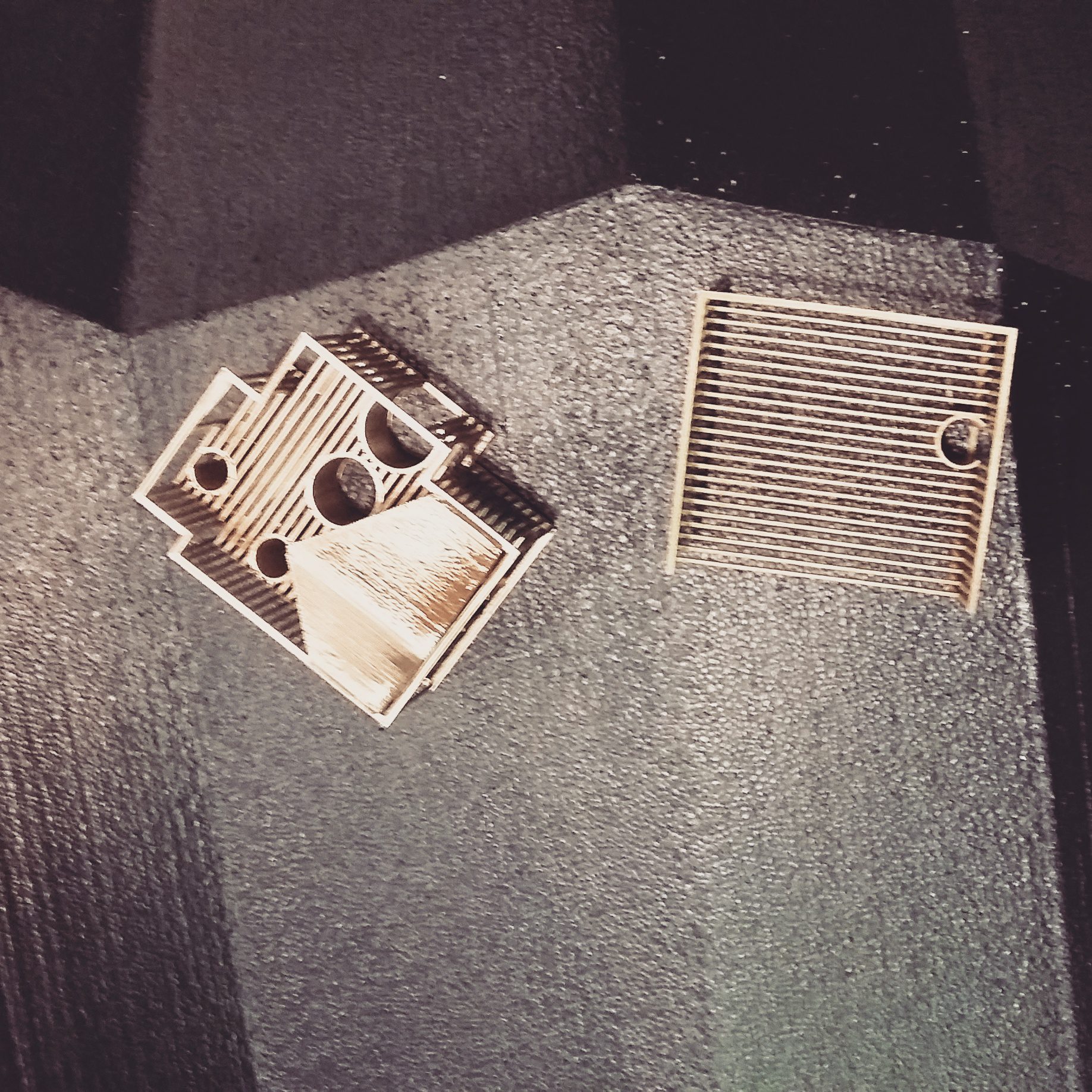
Q: What Are You Thinking About?
A: Internet Inequity.
Why Is This Interesting to You?
The internet — much like other media throughout history — gives form to our cities and connects us with the world, and cities in turn give form to the internet. As more of our lives are conducted online, and as entrepreneurs and municipalities continue to promote fully integrated digital infrastructure in our homes and on our streets, cyberspace and urban space are becoming one and the same. Broadly speaking, my work critically engages the role that networked technologies play in the design of the built environment. More recently, I have been studying how uneven broadband service provision influences urban development in Detroit’s underserved neighborhoods and trying to understand the challenges and opportunities that emerge from this digital divide. Through this research, my hope is that designers could learn from alternative models of ownership, collectivity, and resilience to more effectively support communities in need.
What Are the Implications?
After we were advised to shelter in place because of the global health crisis, we became even more dependent on high-speed internet for education, employment, information, social interaction, supplies, and entertainment. While inadequate access to the internet has consistently been a challenge for marginalized communities, suddenly everyone had to confront this issue. As we cautiously and collectively adjusted to living online for the foreseeable future, we must remember that these digital environments rely on infrastructure that is intensely spatial and material: server-filled data centers, underground fiber-optic cables, proximities between devices, and signal-propagating wall sections. Due to physical distancing and limited face-to-face interaction, “urban life” became mostly online, and our personal connections and internet connections became inextricably linked. This is the new context within which designers must intervene.
Cyrus Peñarroyo is a Filipino-American designer and educator whose work examines architecture’s entanglement with contemporary media and digital culture. He is an assistant professor of architecture and previously was the 2015–2016 William Muschenheim Fellow. Peñarroyo received the 2019 Architectural League Prize and an ACSA Faculty Design Award Honorable Mention. His work has been exhibited at Materials & Applications in Los Angeles, Pinkcomma Gallery in Boston, The New School in New York, Princeton University School of Architecture, Harvard Graduate School of Design, and the 2014 Venice Biennale. He is a partner in the Ann Arbor-based design practice EXTENTS.









